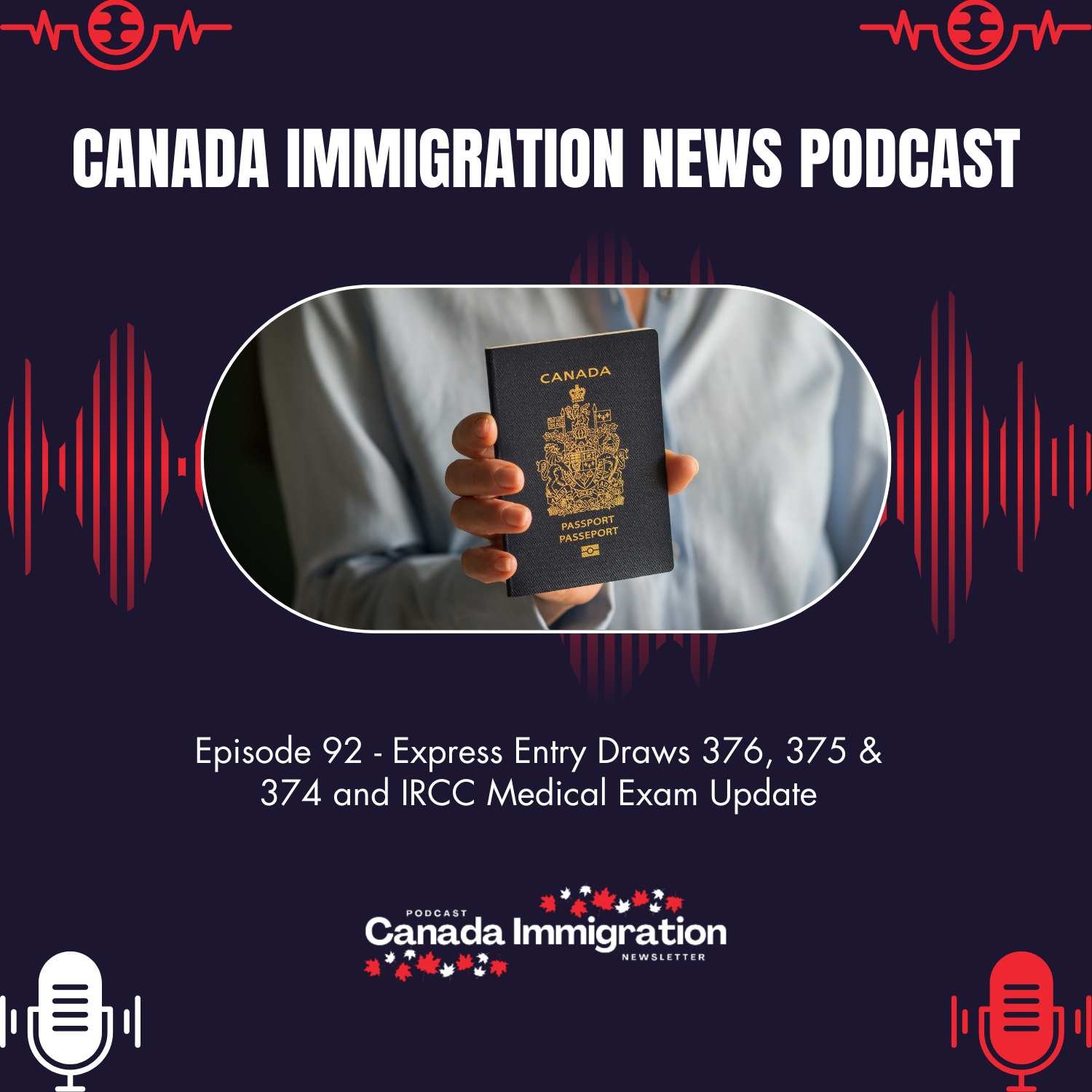Work in Canada
Temporary Foreign Worker Program Strengthening Canada’s Healthcare

Canada continues to face health-care worker shortages, and a recent Statistics Canada study shows the Temporary Foreign Worker Program is stepping up to meet this need. The study revealed that nearly sixty percent of temporary foreign workers in healthcare transitioned to permanent residency, and more than half remained in the sector even five years after. This retention rate is nearly double that of the program overall, demonstrating how foreign-trained professionals are helping to build stability in Canada’s health system.
Why Healthcare Workers Succeed in Canada
One reason for this success is that health-care professionals entering through the Temporary Foreign Worker Program often enjoy better wages, more union protections, and stronger government support compared to other industries.
- Average hourly wage: $33.25 in health care vs. $25.04 in agriculture.
- Collective agreement coverage: over 50% in health care vs. 3–5% in food services or agriculture.
- High access to pathways for permanent residency.
These advantages allow many workers to not only build careers but also long-term lives in Canada, contributing both professionally and socially.
Meeting Urgent Healthcare Demands
From hospitals to nursing homes to homecare services, temporary foreign workers are making a clear impact:
| Healthcare sector | Share of workforce from TFWP |
| Hospitals | 1.2% |
| Ambulance services | 3% |
| Nursing and residential care | 5% |
| Home health care | 8% |
While these numbers may seem small, the contribution in specialized areas is significant. For example, in nursing homes and home healthcare services, foreign-trained staff often make up the difference between filled and unfilled positions.
Calls for Stronger Permanent Pathways
Advocates and unions argue that if foreign workers are already essential in keeping hospitals and care facilities running, they should have easier access to permanent residency. Since 2023, Immigration, Refugees and Citizenship Canada (IRCC) has invited over 23,000 health-care workers to apply for permanent residence, with more than 10,000 admitted by mid-2025.
Experts and community leaders say this progress should continue. Creating a dedicated pathway for health-care workers under the Temporary Foreign Worker Program would ensure Canada retains the skilled professionals already serving communities across the country.
The Temporary Foreign Worker Program is not a long-term replacement for training Canadian talent, but it is proving to be a vital solution to immediate shortages. More importantly, it offers workers a genuine chance at permanent residency and long-term careers in Canada.
For Canada, the message is clear: welcoming foreign-trained healthcare workers strengthens the system, supports multicultural communities, and builds a healthier future for all. Stay tuned with Canada Immigration News for the latest updates on immigration programs, work permits, and permanent residency opportunities.
























